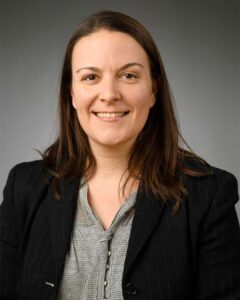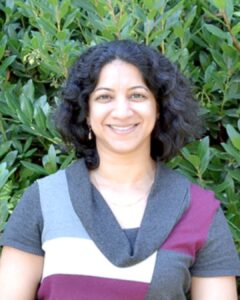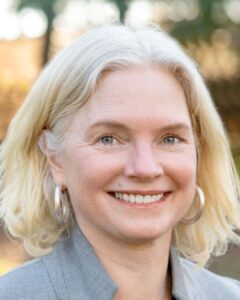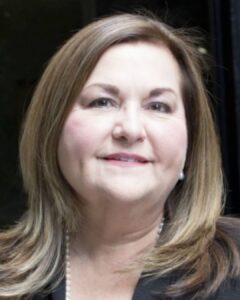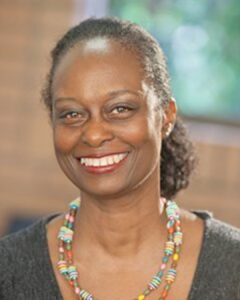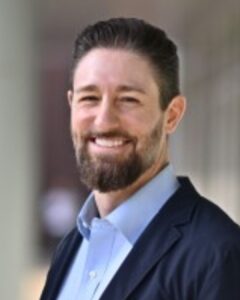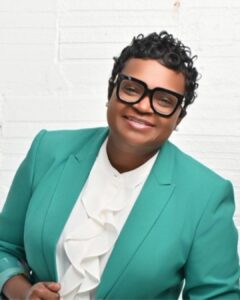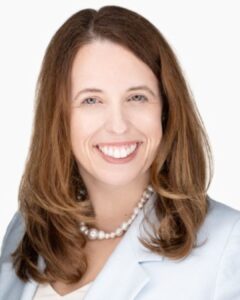About Caregiving in the US 2025
Caregiving in the US is a comprehensive report on family caregiving in America, and it is widely regarded as one of the most authoritative data resources on family caregivers. The research explores the characteristics, roles, and needs of family caregivers who provide ongoing support and care management for adults and children with complex medical conditions or disabilities. The project is a joint effort from the National Alliance for Caregiving and AARP.
Caregiving in the US 2025 is based on comprehensive data collected in 2024. This research continues our longstanding commitment to understanding the evolving experiences of family caregivers that began with our first national profile in 1997 and continued through subsequent editions in 2004, 2009, 2015, and 2020. By iterating and expanding on our established methodology, we can now examine changes in the caregiving experience over the past 15 years.
The 2025 report presents a comprehensive picture of the growing and evolving landscape of family caregiving. In 2025, 63 million American adults provided ongoing care to adults or children with a medical condition or disability—representing almost one-quarter of all adults in the United States. This is a dramatic increase of 45 percent since Caregiving in the US was fielded in 2015. Of these 63 million caregivers, 59 million care for an adult with a complex medical condition or disability.
Family caregivers include parents, friends, neighbors, and even children, and they span across all ages, races and ethnicities, incomes, and communities. They assist people in their lives with basic mobility, personal care, financial management, complex medical tasks, and more. Caregiving in the US is a resource for understanding the critical role family caregivers play in society and for developing policies and programs to support this growing community.
The core areas we examined in this study include the following:
Prevalence of Caregiving
Family caregiving is widespread, with millions of people across the country providing care and support to those across the lifespan and life stages.
Demographics
Family caregivers are a diverse group of people spanning all ages, genders, geographies, and much more.
Living Arrangements
Many family caregivers live with the person they care for, while others provide support from a separate household or nearby, balancing caregiving responsibilities with their own living arrangements.
What Caregivers are Doing
Caregivers provide essential support—helping loved ones with daily activities, medical needs, and emotional care—while balancing their own responsibilities.
Working While Caregiving
Many caregivers juggle employment alongside their caregiving responsibilities, often facing challenges such as time constraints, stress, and limited workplace flexibility.
Financial Impact
Caregiving can bring significant financial strain, as many caregivers face added expenses, reduced income, and long-term economic challenges.
Caregiver Health
Caregiving can take a toll on caregivers’ physical and emotional health, often leading to stress, fatigue, and overlooked personal well-being.
Support for Caregivers
Programs and services are available to support family caregivers with resources, education, and assistance to help them in their caregiving role.
The 2025 study builds on the last survey in 2020 with the following improvements:
- Addition of state representative caregiver samples for many states
- Inclusion of family caregivers participating in caregiver payment programs, such as through Medicaid home and community-based services self-direction waivers, the Department of Veterans Affairs, and state programs
- Use of a four-question summary measure of caregivers’ physical and emotional health, the CDC Healthy Days measure
- Inclusion of an expanded Level of Care Index that includes objective and subjective measures of the caregiving experience
For the purposes of this survey, family caregiving is defined as providing ongoing support and management of complex care tasks for children and adults with chronic, disabling, or serious health conditions.
The screener establishes whether a respondent is an unpaid family caregiver for an adult, a paid family caregiver of an adult, a family caregiver of a child under age 18 with disabilities or serious medical conditions, or not a caregiver. The screening questions used to identify the status of a family caregiver are as follows:
To identify the unpaid family caregiver of an adult:
- At any time in the last 12 months, has anyone in your household provided unpaid care to a relative or friend 18 years or older to help them take care of themselves? This may include helping with personal needs or household chores. It might be managing a person’s finances, arranging for outside services, or visiting regularly to see how they are doing. This adult does not need to live with you.
To identify the family caregiver of an adult who receives some form of payment:
- At any time in the last 12 months, has anyone in your household gotten paid to provide care to a relative or friend 18 years or older to help them take care of themselves? This may include helping with personal needs or household chores. It might be managing a person’s finances, arranging for outside services, or visiting regularly to see how they are doing. This adult need not live with you. Hover-over definition for “paid to provide care”: Paid care includes payments to caregivers through self-directed programs under Medicaid, Veteran’s Affairs, or other state programs. Paid care does not include those employed full-time as direct care workers, such as home health aides or assistants, in a home or community-based settings or facility setting.
To identify those caring for a child with disabilities or a serious medical condition:
- In the last 12 months, has anyone in your household provided unpaid care to any child under the age of 18 because of a medical, behavioral, or other condition or disability? This kind of unpaid care is more than the normal care required for a child of that age. This could include care for an ongoing medical condition, a serious short-term condition, emotional or behavioral problems, or developmental problems.
The Caregiving in the US 2025 report is based on the repeated, cross-sectional Caregiving in the US survey begun in 1997. Since 2004 the survey has been fielded every five years with a new sample of family caregivers.
The survey is designed to estimate the prevalence of family caregiving for adults or children with disabilities or serious medical conditions in the US and to describe the characteristics, roles, and needs of family caregivers. For the purposes of this survey, family caregiving is defined as providing ongoing supports and management of complex care tasks for children and adults with chronic, disabling, or serious health conditions.
This survey was fielded with adults ages 18 and older using Ipsos’ national, probability-based online KnowledgePanel as well as an opt-in sample. The final sample includes 6,858 completed surveys: 5,106 from KnowledgePanel® and 1,752 opt-in respondents.
This report draws from a nationally representative online survey completed by 6,858 family caregivers ages 18 and older. This study defines family caregivers as adults providing ongoing care over the past year to adults or children with complex medical conditions or disabilities. In addition, family caregivers have a pre-existing relationship with the care recipient they support, such as a family member (e.g., spouse, parent), friend, or neighbor.
Most family caregivers are not paid for the care they provide. In this study, these are unpaid family caregivers. In limited circumstances, certain Medicaid self-direction or VA caregiver programs provide payments to family caregivers. We consider those receiving payment to be paid family caregivers. Paid family caregivers are not equivalent to professional direct care workers though they may perform similar care tasks.
Throughout this report, arrows or carets in tables indicate statistically significant differences at the 95 percent confidence level. When comparing more than two groups, superscripts show which specific comparisons are statistically significant. All results—including averages, medians, and percentages—have been weighted for accuracy.
OUR SPONSORS
We are grateful to the funder community across philanthropy and corporate America who made this research—and interactive dashboard—possible. Through generous sponsorship from organizations committed to supporting family caregivers, we are able to provide this comprehensive resource to inform policy, practice, and research recommendations to shape the future of family caregiving in America.
 AARP
AARP
 Ralph C. Wilson Jr. Foundation
Ralph C. Wilson Jr. Foundation
 Pivotal
Pivotal
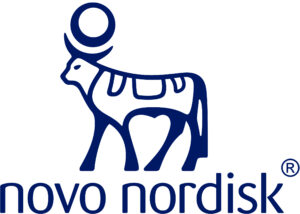 Novo Nordisk
Novo Nordisk
 New York Life
New York Life
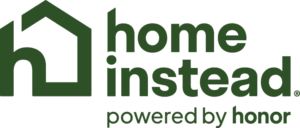 Home Instead Powered by Honor
Home Instead Powered by Honor
 MassMutual Special Care
MassMutual Special Care
 EMD Serono
EMD Serono
 The John A. Hartford Foundation
The John A. Hartford Foundation
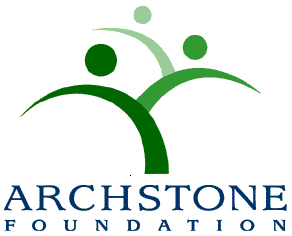 Archstone Foundation
Archstone Foundation

